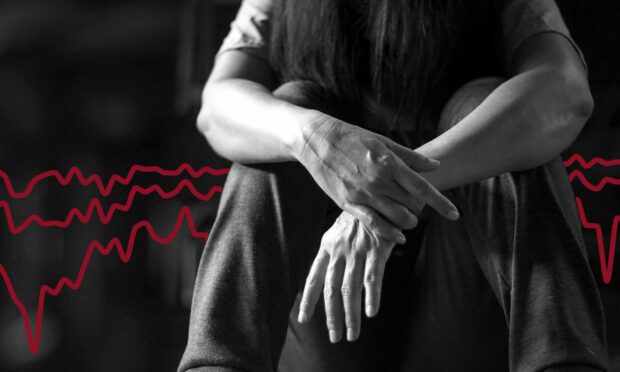A Press and Journal project laying out the scale of soaring waiting times paints a “very stark picture” for the health service, according to NHS Grampian’s chief executive.
Caroline Hiscox reflected on our comprehensive package in a briefing to staff working under pressure to cope with huge demand and stretched resources.
Last week we published new interactive charts to help patients and residents across the region see in one place how key services are coping.
The results from our data team showed A&E waiting times performance is rapidly getting worse in Grampian.
Patients are also beginning to wait longer across the Highlands.
It also exposed long waits for vital MRIs, colonsocopies and to access psychological therapies to treat conditions such as depression.
Referring to the Press and Journal project, Ms Hiscox said: “I know seeing all this data in the one place paints a very stark picture of the pressure on NHS services, as we continue to experience the direct and indirect impact of Covid-19.”
‘System is not working’
Meanwhile, health board bosses raised yet more concern about the state of the NHS.
We do not believe, I do not believe, that it’s fit for purpose.
– Medical director Paul Bachoo.
The extreme pressures forced NHS Grampian to urge the public to call 111 before going to A&E.
Paul Bachoo, medical director for acute services at Aberdeen Royal Infirmary, said in an online update to staff that the “system is not working” for them, patients or trainees.
He added: “Colleagues have said the system is broken. I would suggest the system is not working because it’s not fit for purpose.
“Suggesting it is broken implies that if we repair it and put it back to where it was, it will be appropriate.”
He added: “We do not believe, I do not believe, that it’s fit for purpose.”
Mr Bachoo, who is also a consultant vascular surgeon, said there is “no doubt the pandemic has revealed many shortcomings”.
But he said while this has been improved in the short-term, now is the time for the NHS to “change our way of working”.
Key to this will be improving the ability to “differentiate between citizens that present with emergencies and those that are actually presenting with urgent needs”, Mr Bachoo added.
‘People are waiting longer’
Sandra MacLeod, chief officer of the Aberdeen City Health and Social Care Partnership, said the “current pathways for people and staff are not working”.
Speaking in the same online broadcast, she said the current system is “not designed for the sustained and different demands on our capacity”.
The health board member admitted “every part” of the patient pathway is “under pressure” from primary care, social care, Scottish Ambulance Service, to emergency, urgent and planned care.
Ms MacLeod added: “People are waiting longer.”
An NHS Grampian spokesman said: “The comments formed part of an update to staff – we believe in an open and honest dialogue with them.
“The messaging in the video reflects the reality we currently face – and it is well known the NHS, across the country faces significant challenges and pressures.
“It also acknowledged the extensive work we are undertaking, here in Grampian, to ensure the situation improves, for both patients and staff, moving forward.”
The spokesman said there have been improvements including:
- Expansion of Hospital at Home
- Improved approach to hospital discharge
- Ambulance service access to Minor Injury Units
- Increased palliative care in Aberdeen city
- Additional bed cleaning teams and increased portering services.
A Scottish Government spokesperson said the pandemic has been the most difficult challenge in the NHS’s history.
Around £1 billion is being invested in a recovery plan.
“We recognise the significant additional pressure staff are facing both within NHS Grampian, and indeed across our health and care services, at this time,” the government said.
“We will continue to do all we can to seek to alleviate those demand pressures and provide support for their wellbeing.”
This article is part of a series that aims to make data about waiting times and pressures on the NHS more accessible and easy to understand. You can view the rest of the series below.












Conversation